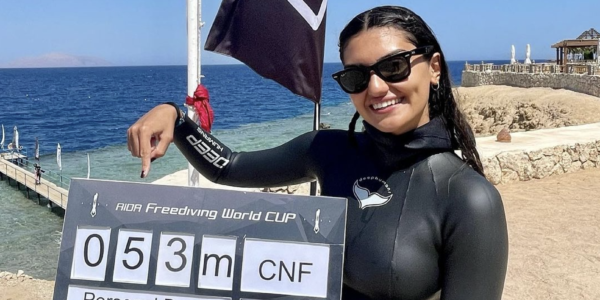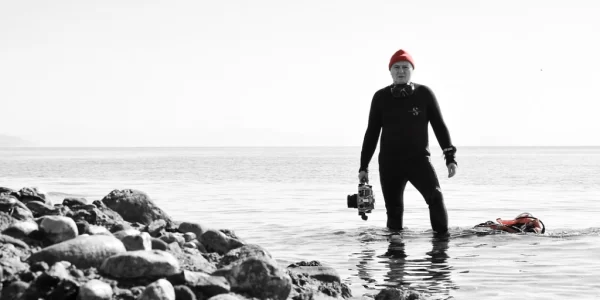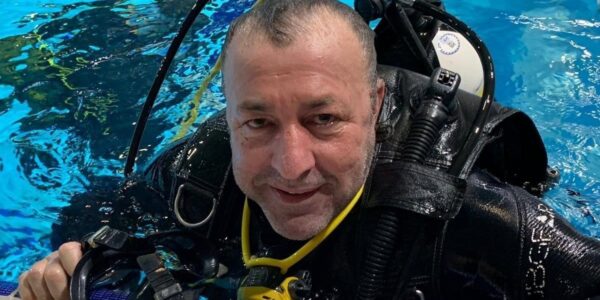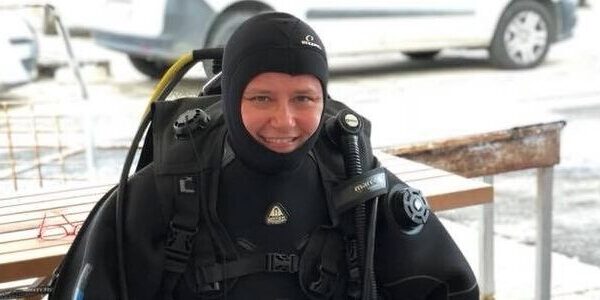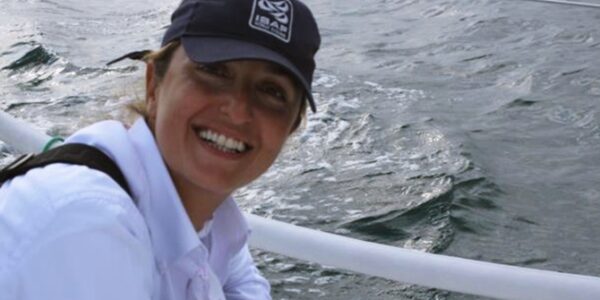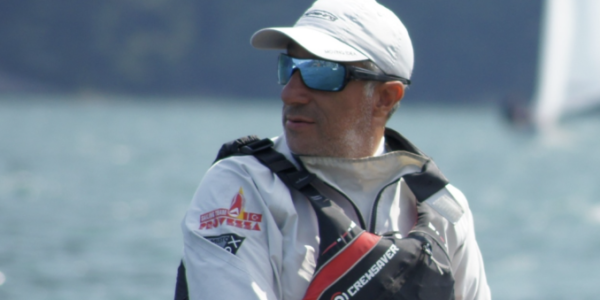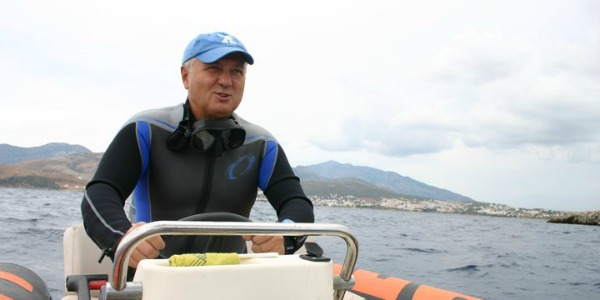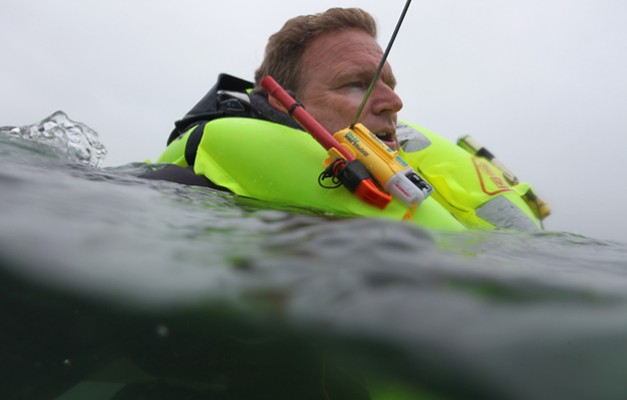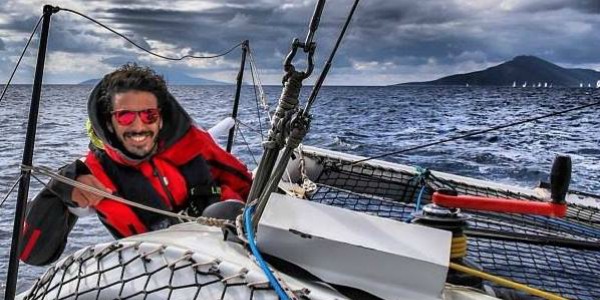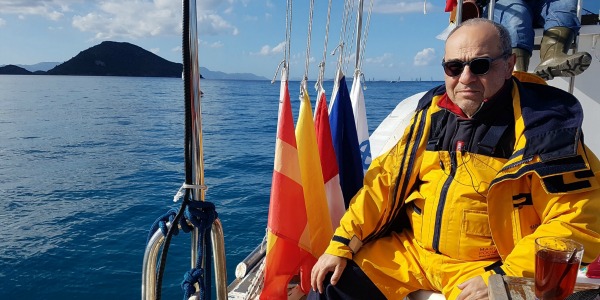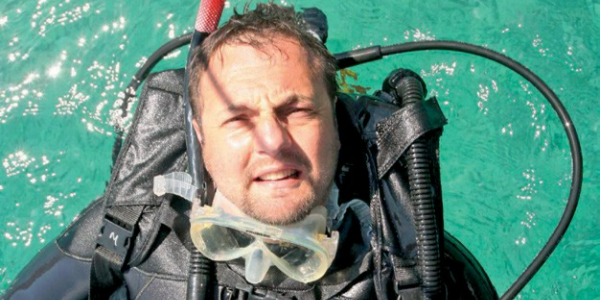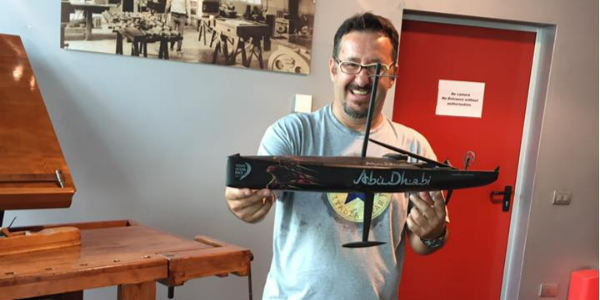These AIS MOB devices can alert your yacht, and others close by, to a man overboard. Pip Hare tests a selection of the latest models and considers the search and rescue options.
In a safety briefing for the double-handed Transat Jacques Vabre race, a French search and rescue pilot told us just how hard it is for a spotter plane to see a person in the water.
He pointed his finger at the audience of sailors and very firmly told us that we were the best chance our co-skipper had of being recovered after falling over the side and that we must ensure our counterparts were wearing the correct safety equipment when on deck. He also stressed how important it was that we both had tested and were aware of how to use our AIS locator devices.
image: https://keyassets.timeincuk.net/inspirewp/live/wp-content/uploads/sites/21/2016/01/Pip-Hare-2-135×100.jpg
Pip Hare-2With the prevalence of these devices increasing and many sailors now making a choice between an AIS location device and a PLB, I gathered together seven AIS MOB devices and compared their key features to understand what each one could offer, how they perform and how AIS fits into the search and rescue safety package.
Who’s it for?
It is generally accepted that for those sailing alone a more traditional personal PLB EPIRB, which operates on 406MHz, remains your best chance of being found in an MOB situation. For the majority, however, who sail on a crewed yacht an AIS device, such as the ones we tested, allows both the mothership and nearby vessels to identify your exact location using an AIS set or chartplotter.
Source: yachting world


